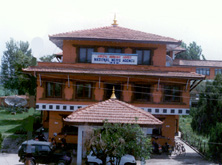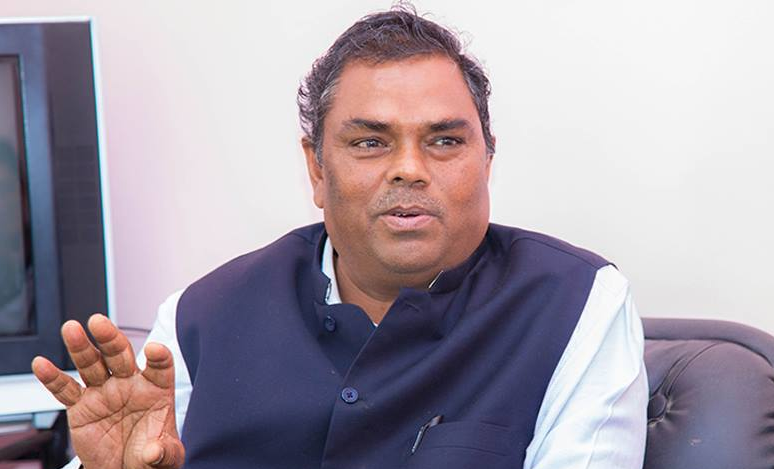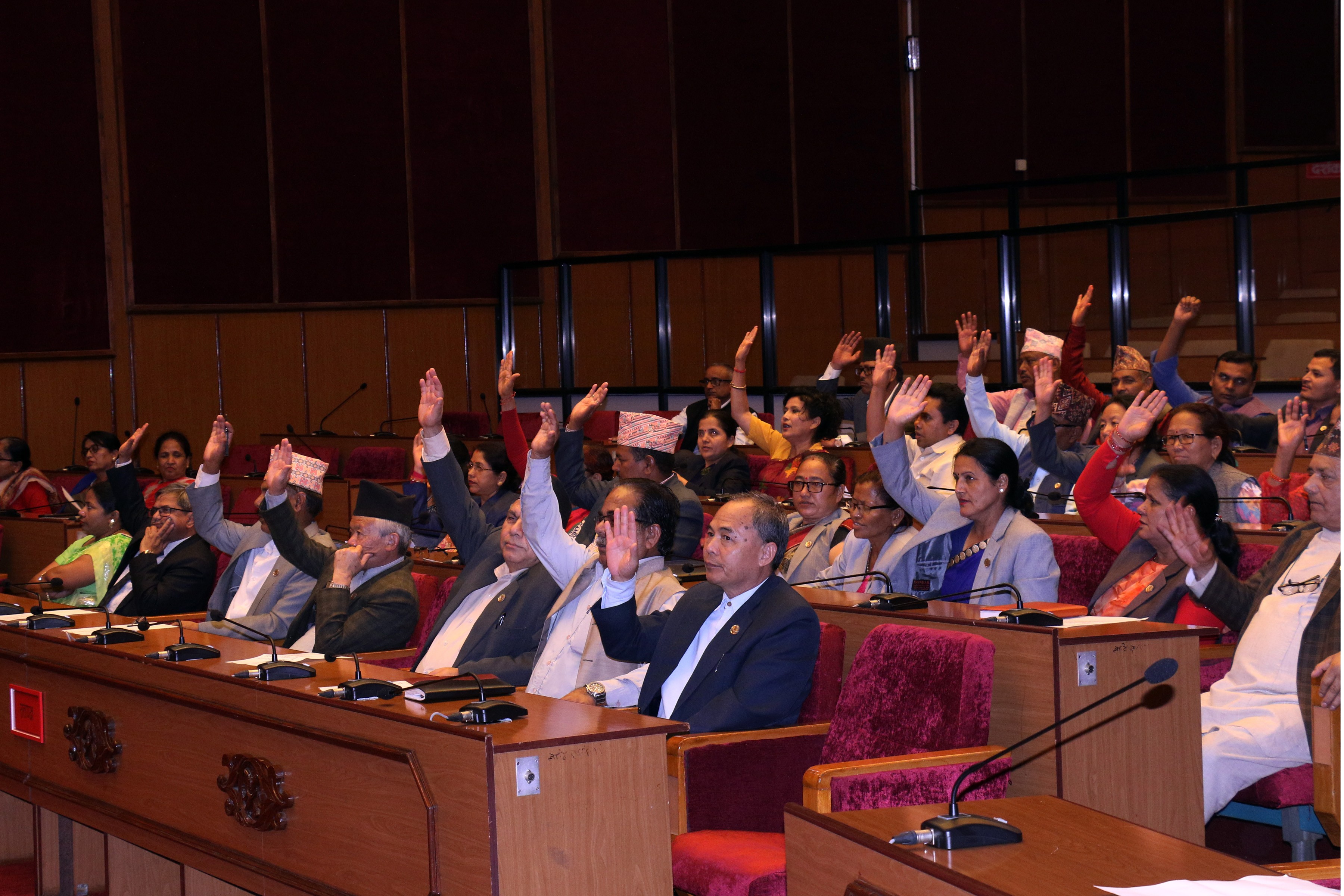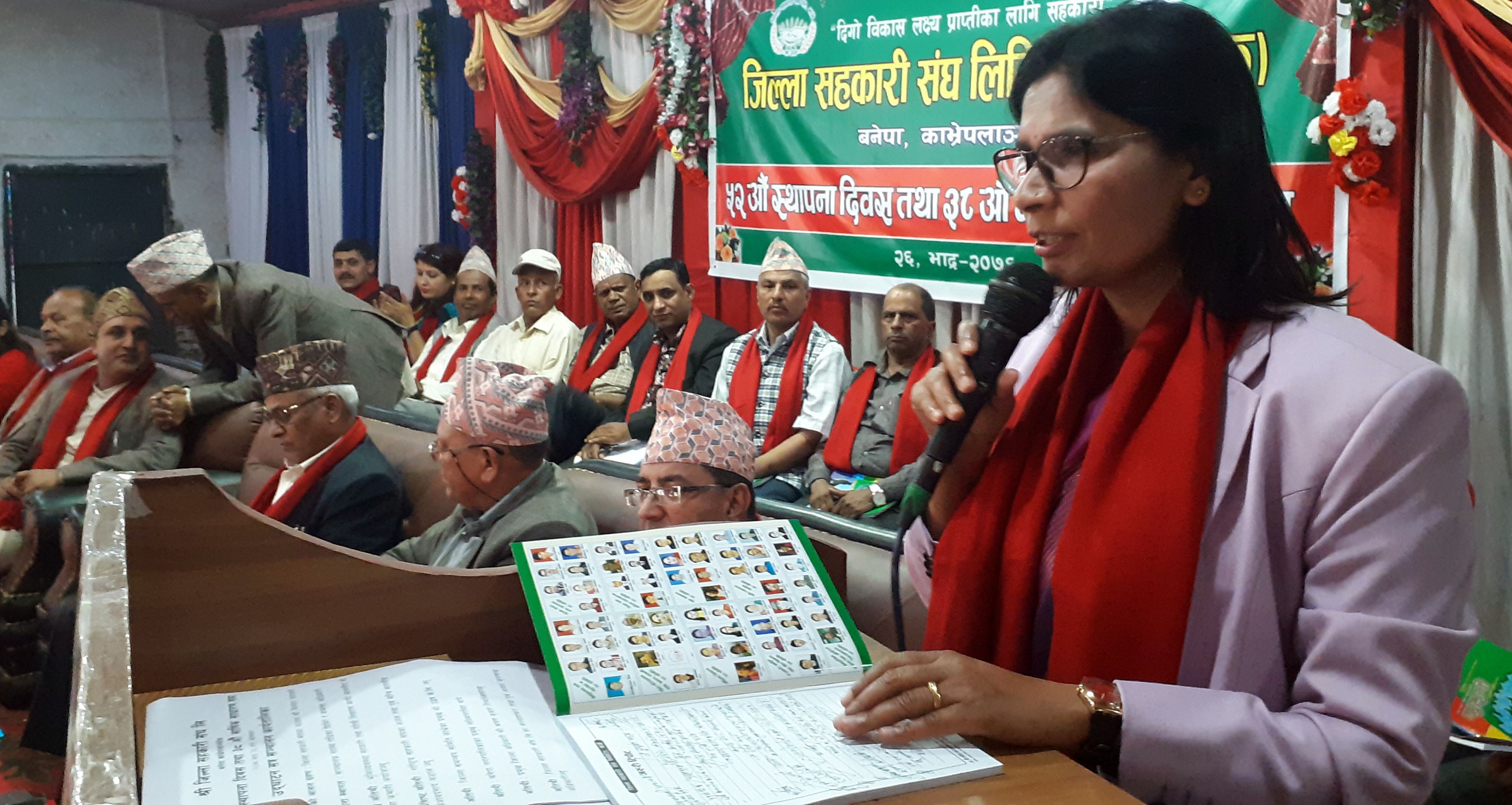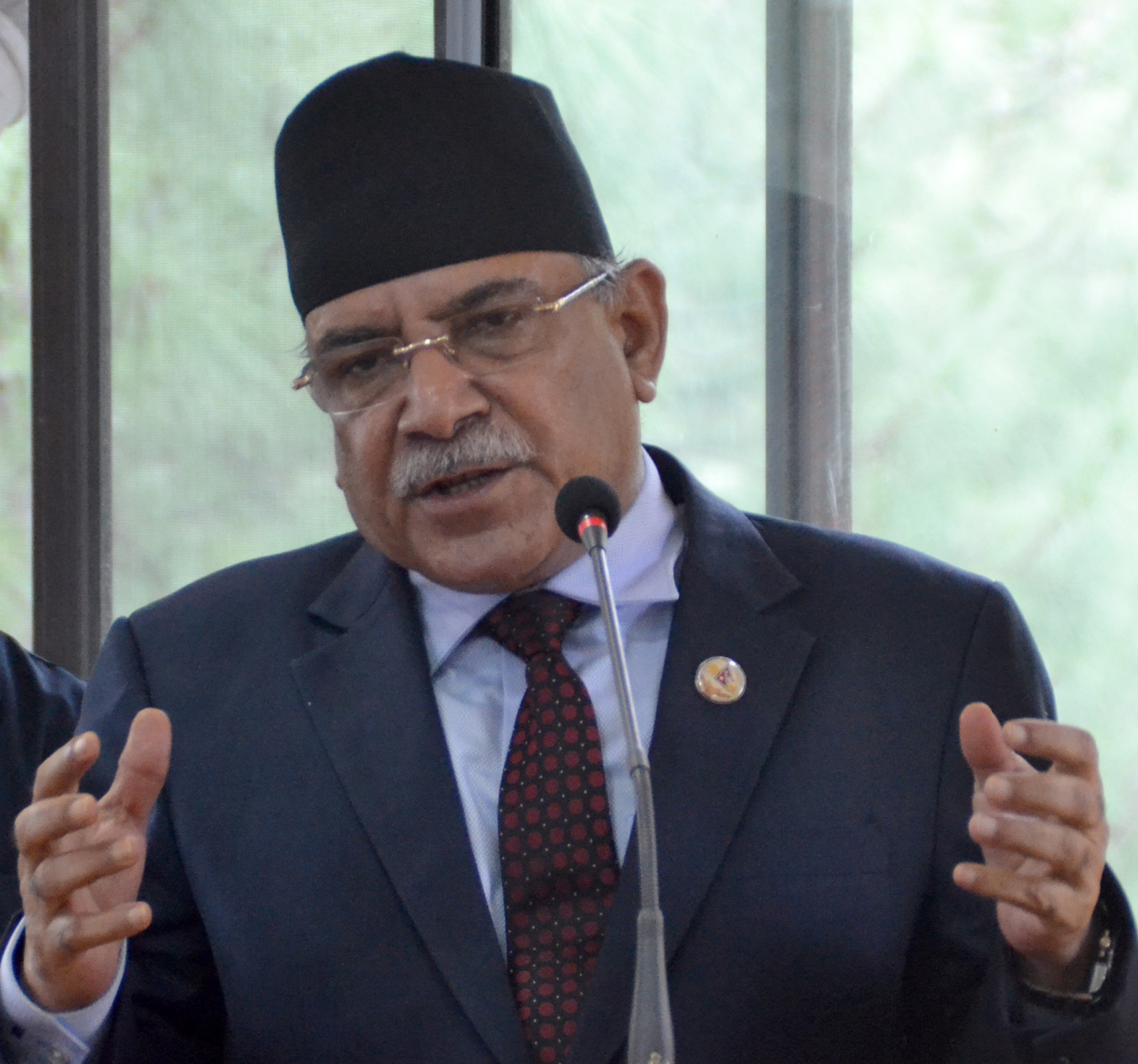Jhumra - the vanishing traditional Tharu dance
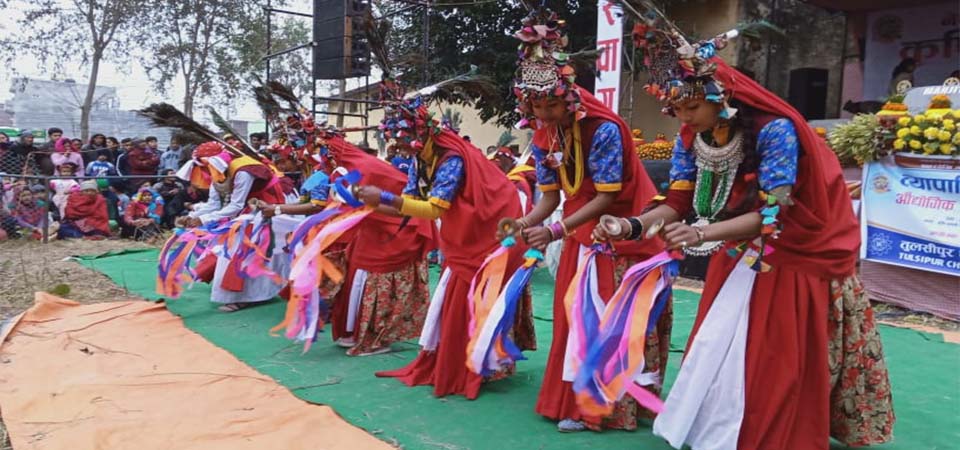
By Birat Anupam, Itahari, Aug 14: Like many other indigenous communities of Nepal, the Tharu community too has a rich cultural heritage.
One of the rich cultural heritages is Jhumra, a traditional Tharu dance. Jhumra is an indispensable yet vanishing intangible cultural legacy of Tharu.
Late Ram Dhami of Itahari who was also a member of Academic Assembly at Nepal Academy of Music and Drama, had researched on Jhumra tradition around Itahari. He had even filmed a documentary about it.
Based on the finding of Dhami, here are some important things about Jhumra.
Multiple synonyms
Jhumra dance is a historic, cultural and religious ritual among the Tharu community mainly residing in Nepal's Terai plains from east to west. This dance is also referred to as Dhumra or Bidhyapait.
A romantic group dance
Jhumra is danced in a group. In this dance, Nayak (actor) and Natuwa (dancing actress) behave like love birds and they might flirt with each other also. While dancing, if the Nayak happens to touch Natuwa, Natuwa calls Nayak a Dhumra and Nayak replies calling Dhumri.
It requires at least six artists. It is better if it is more than six. To increase the artistes’ number, Natuwa and Pachhuwa are added. This dance includes actors named Nayak, Sahayak, Mridangawadak, Nartak, Pachhuwa and Bipatar, etc.
Major musical instruments to be used in this dance are Jhyaali and the bigger Madal. Nayak is the main dancing character. First, he sings playing Jhyali and Sahayak and Pachhuwa follow him. Ganapait plays Mridanga. Bipatar acts like a comedian. Natuwa sings while dancing. This dance is performed based on religious rituals like Krishnalila, Ramcharitra, Mahabharat, Premsagar, Anusagar, etc.
A ritual for obtaining children
Tharu worship god named Chordev and Jhumra dance is the indispensable ritual of Tharu in occasions like sanitization ceremony of newborn and the very first day of newborn’s haircut by the barber.
Those Tharu who don’t worship Chordev as their clan god and non-Tharu, who are infertile, have children with prolonged diseases and lost their kids, also promise to worship Chordev in order to end their perils. If their perils are ceased, they establish Chordev. And, Jhumra dance is performed. The Jhumra dance performed after establishing Chordev is called Chorkheliya.
Chorkheliya dance is performed up to the 15th of a month on every alternative day like 1, 3, 5,7,9,11,13, and 15. People’s promise to worship Chordev is also done on an alternative day. Those whose wishes are fulfilled by Chordev, establish Chordev as early as possible. Wealthy people establish Chordev in the same year and those who are poor do in another year.
Farewell dance to beg sorry for all wrongs
A farewell dance is performed to beg sorry for wrongs done during Chorkheliya dance. If time is favourable, it happens on the same day. Else, artists gather after 4 days to dance which is called Samhar. Natuwa is given farewell on the same day or on any other upcoming day. The farewell is like seeing off daughter in a marriage ceremony.
Hard to find new generation in this tradition
Previously, artists of Chorkheliya would dance free. Only Natuwa would be given cash. They would sit on rice or on jute during the special ritual of Chordev. Rice and jut offered as offering world be collected and the same rice and jute would be distributed among prayer team as their salary. However, these days, the prayer team is invited with stated cash.
Time to reform dancing styles to lure new generation
Tharu community elders say those who have not pierced their nose are not supposed to dance and those who have pierced their nose cannot worship their clan god. Some wealthy Tharu would establish a dance club and would accept any Natuwa from any community to dance piercing their nose. In return, they would give land, gold ornaments, cash, etc. In addition, the same Natuwa dance Jhumra these days.
There are not many living artists to continue this historical, religious and cultural dance. Very few elders, inspired by their seniors, are in existence. Tragically, they do not have written scriptures on Jhumra dance and it is hard to teach young generations about this dance.
At a time when there were very few options of entertainment, such dances would entertain folks. However, the new generation does not care much about this typical Tharu dance. The major challenge in this time for this dance is the duration taken by this dance. Youths are not ready to dance continuously for 15 days. There, such historical, religious and cultural dances are being extinct day by day.
It is urgently required to protect, preserve and promote this dance by Tharu leaders, elders, intellectuals and artists. If it happens to be late, the existing dance will also be extinct for sure.
Therefore, Dhami concluded, we must reform this dance in systematic and time-bound manners. If we are to accommodate the new generation and move forward, this organic, historic, religious and cultural dance of the Indigenous Tharu community will be preserved.
Recent News

Do not make expressions casting dout on election: EC
14 Apr, 2022
CM Bhatta says may New Year 2079 BS inspire positive thinking
14 Apr, 2022
Three new cases, 44 recoveries in 24 hours
14 Apr, 2022
689 climbers of 84 teams so far acquire permits for climbing various peaks this spring season
14 Apr, 2022
How the rising cost of living crisis is impacting Nepal
14 Apr, 2022
US military confirms an interstellar meteor collided with Earth
14 Apr, 2022
Valneva Covid vaccine approved for use in UK
14 Apr, 2022
Chair Prachanda highlights need of unity among Maoist, Communist forces
14 Apr, 2022
Ranbir Kapoor and Alia Bhatt: Bollywood toasts star couple on wedding
14 Apr, 2022
President Bhandari confers decorations (Photo Feature)
14 Apr, 2022
